24-hour hotline:+8613662168047
Keyword search: battery plant , lithium battery factory , power bank works , lifepo4 battery mill , Pallet Trucks LiFePO4 Battery, LiFePO4 Pallet Trucks Battery, Lithium Pallet Trucks Battery,
The commonly referred to water battery is a type of lead-acid battery. The battery contains electrolyte, which is a sulfuric acid solution with a density of 1.28 when fully charged. Another type of lead-acid battery is colloid battery, which changes the electrolyte to colloid.
Lead acid battery (VRLA) is a type of battery where the electrodes are mainly made of lead and its oxides, and the electrolyte is a sulfuric acid solution. In the discharge state of lead-acid batteries, the main component of the positive electrode is lead dioxide, and the main component of the negative electrode is lead; In the charging state, the main component of the positive and negative electrodes is lead sulfate.
The nominal voltage of a single cell lead-acid battery is 2.0V, which can discharge up to 1.5V and charge up to 2.4V; In applications, six single cell lead-acid batteries are often connected in series to form lead-acid batteries with a nominal voltage of 12V, as well as 24V, 36V, 48V, etc.
The Frenchman Prandtl invented lead-acid batteries in 1859 and has gone through nearly 150 years of development. lead-acid batteries have made significant progress in theoretical research, product types and varieties, and electrical performance. Whether in transportation, communication, electricity, specialty, navigation, and other economic fields, lead-acid batteries have played an indispensable and important role.
Construction of lead-acid batteries
Construction of lead-acid batteries
According to the differences in structure and use of lead-acid batteries, they can be roughly divided into four categories: 1. Lead acid batteries for starting; 2. Lead acid batteries for power use; 3. Fixed valve controlled sealed lead-acid batteries; 4. Other categories include small valve controlled sealed lead-acid batteries, lead-acid batteries for mining lamps, etc.
The nominal voltage of a single cell lead-acid battery is 2.0V, which can discharge up to 1.5V and charge up to 2.4V. In applications, six single cell lead-acid batteries are often connected in series to form a nominal 12V lead-acid battery. There are also 24V, 36V, 48V, etc.
Main features
Safe sealing
Lead-acid battery
Lead-acid battery
During normal operation, the electrolyte will not leak from the terminals or casing of the battery. No free acids
The special suction partition keeps the acid inside, and there is no free acid inside the battery, so the battery can be placed in any position.
Air release system
After the internal pressure of the battery exceeds the normal level, the VRLA battery will release excess gas and automatically reseal to ensure that there is no excess gas inside the battery.
Easy maintenance
Due to the gas recombination system converting the generated gas into water, there is no need to add water during the use of VRLA batteries.
Long service life
The VRLA battery, which adopts a corrosion-resistant structure and a lead calcium alloy fence board, can be used for floating charging for 10-15 years.
Stable quality and high reliability
By adopting advanced production processes and strict quality control systems, VRLA batteries have stable quality and reliable performance. 100% inspection of voltage, capacity, and sealing on the line.
Security certification
All VRLA batteries have passed UL safety certification.
Product application
Backup power supply
*Telecommunications
*Solar energy system
*Electronic switch system
*Communication equipment: base stations, PBX, CATV, WLL, ONU, STB, cordless phones, etc
*Backup power supply: UPS, ECR, computer backup system, Sequence, ETC, etc
*Emergency equipment: emergency lights, fire and theft alarms, fire dampers
Main power supply
product mix
The VRLA battery is designed in this way: in the battery, a portion of the electrolyte is absorbed into the electrode and separator to increase the negative electrode's oxygen absorption capacity, prevent electrolyte loss, and enable the battery to achieve sealing.
Electrochemical reactions in electrodes
The electrochemical reaction formula of valve regulated lead-acid batteries is shown below. Charging is the process of connecting an external DC power source to a battery for charging, converting electrical energy into chemical energy for storage. Discharge is the release of electrical energy from a battery to drive external devices.
When the VRLA battery is about to reach its peak of charging, the charging current is only used to decompose the water in the electrolyte. At this time, the positive electrode of the battery produces oxygen, and the negative electrode produces hydrogen. The gas will overflow from the battery, causing a decrease in electrolyte, and water needs to be added irregularly.
On the other hand, at the end of charging or under overcharging conditions, the charging energy is used to decompose water. The oxygen generated by the positive electrode reacts with the sponge like lead on the negative electrode, leaving a portion of the negative electrode in an unfilled state, suppressing the production of hydrogen gas on the negative electrode.

Lithium Batteries ,Ensure Quality
Our lithium battery production line has a complete and scientific quality management system
Ensure the product quality of lithium batteries
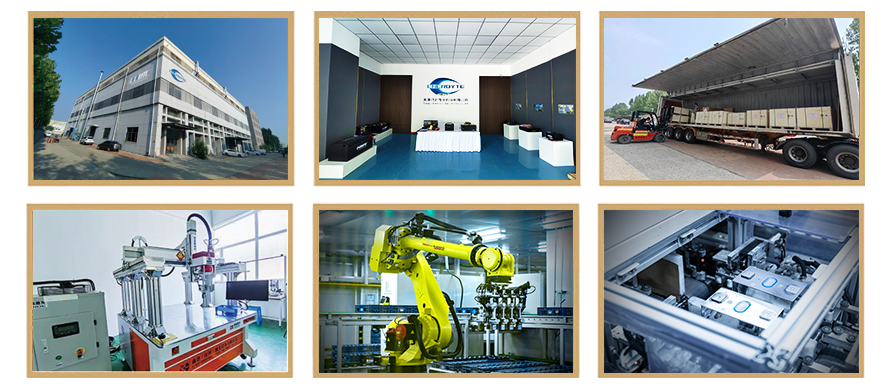
Years of experience in producing lithium batteries
Focus on the production of lithium batteries
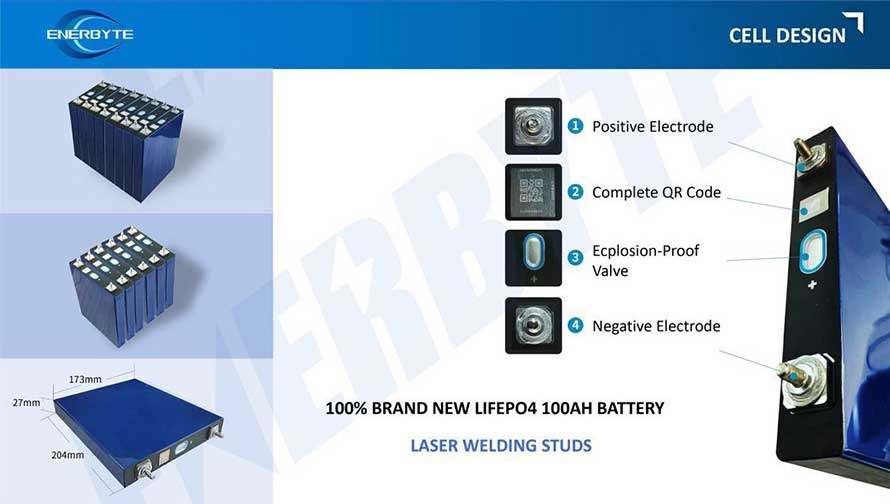
WE PROMISE TO MAKE EVERY LITHIUM BATTERY WELL
We have a comprehensive explanation of lithium batteries
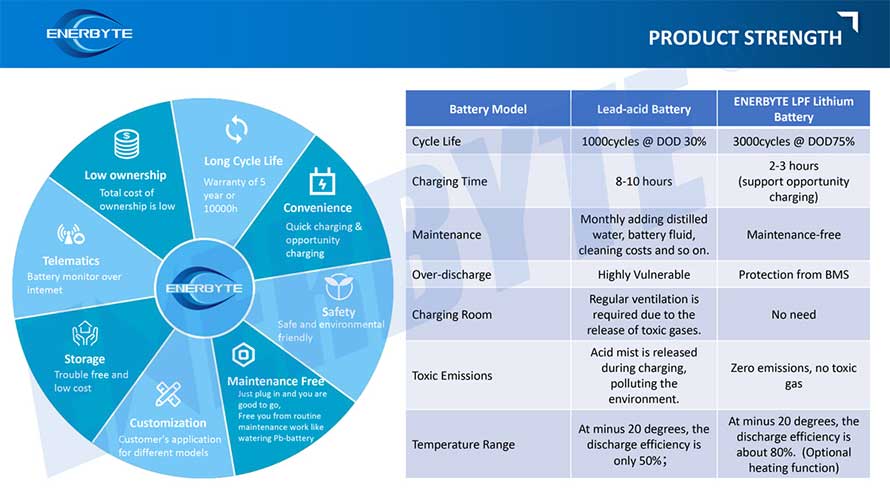
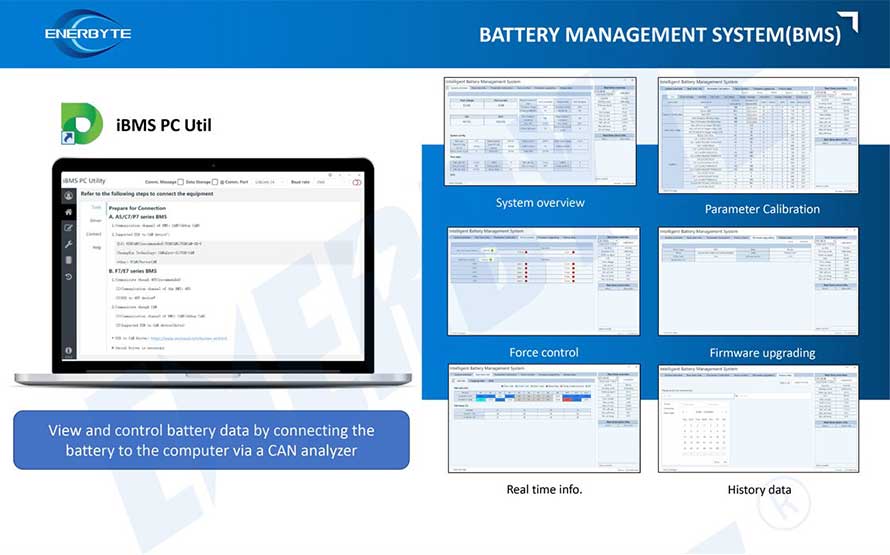
QUALIFICATION CERTIFICATE
THE QUALITY OF COMPLIANCE PROVIDES GUARANTEE FOR CUSTOMERS
MULTIPLE QUALIFICATION CERTIFICATES TO ENSURE STABLE PRODUCT QUALITY
Providing customers with professional and assured products is the guarantee of our continuous progress.
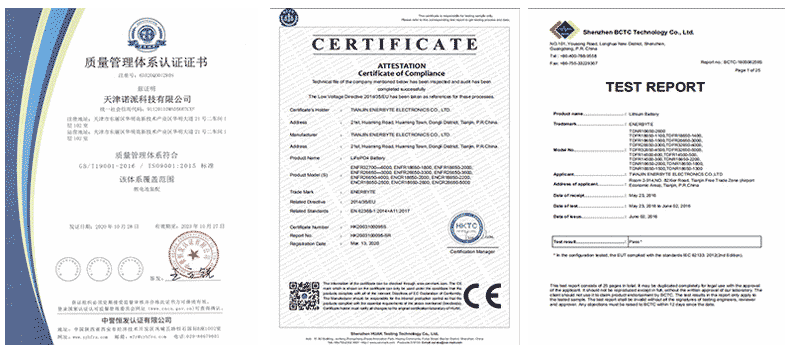
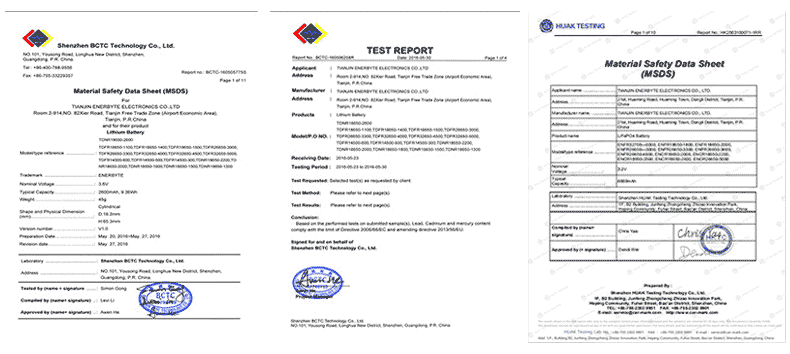
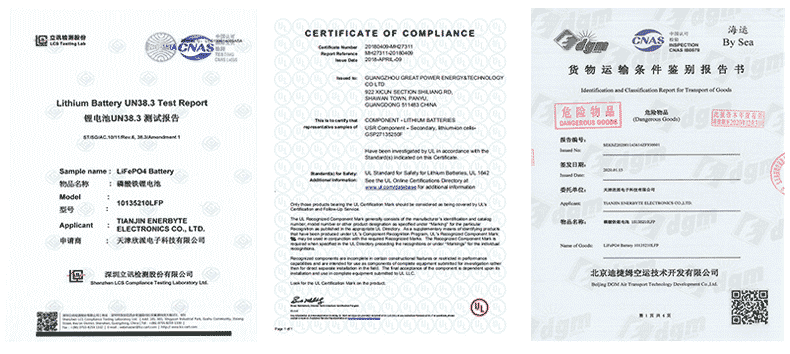
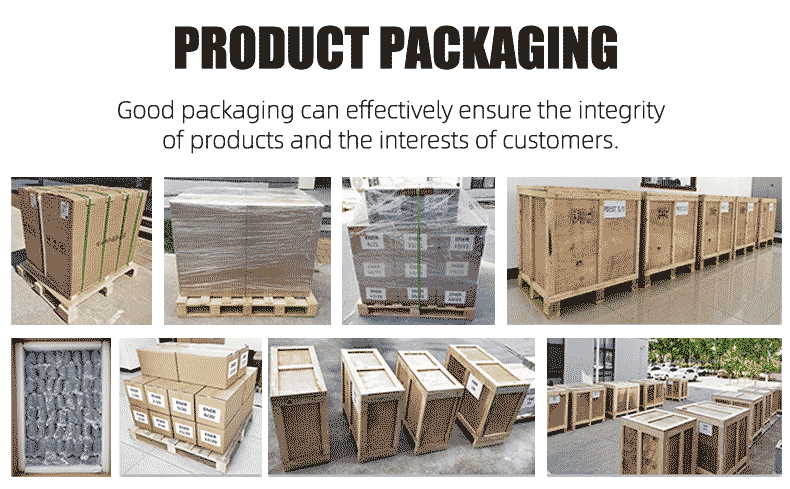
Applicable brands of our products


 Service hotline
Service hotline